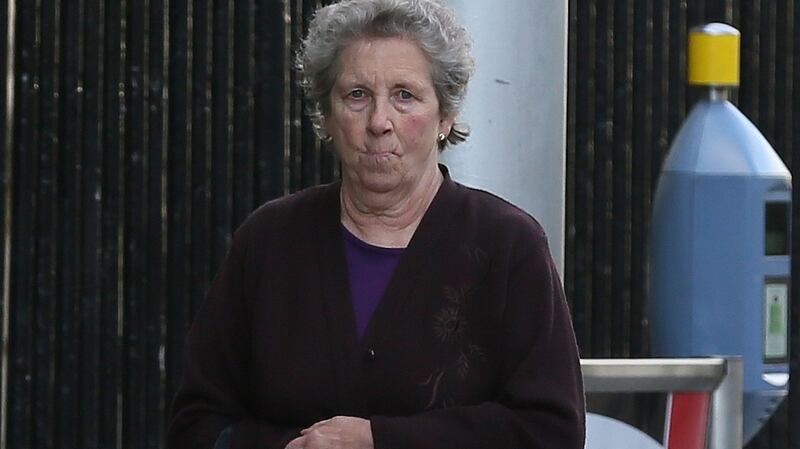A woman’s €40,000 award for injuries received in a fall on a Dublin Airport escalator has been overturned by the Court of Appeal.
Elizabeth Lavin (69), of Blackhall, Calverstown, Kilcullen, Co Kildare, has already received a part payment of €25,000 from DAA which was the basis on which the authority was permitted to bring an appeal against the award.
When Kieran Fleck SC, for the DAA, raised the matter of the part payment with the appeal court, Mr Justice Michael Peart said it appeared the court had no function in that regard and it may have to be brought back before the High Court.

He also said it “may be possible for the parties to come to some mutual arrangement”. The judge made the comments when he put back the question of costs of the case to another day.
Ms Lavin lost her balance and fell on the escalator to departures in Terminal 2 on November 2nd, 2011. She received what the court described as a “nasty” injury to her head and other soft tissue injuries.
She was intending to fly to the UK for a family funeral and was accompanied by her sister-in-law (81) and niece. Ms Lavin was behind the two women on the escalator with her carry-on luggage immediately on the step behind her.
The appeal court said CCTV footage showed her left hand was not gripping the handrail and she was holding what appeared to be her boarding card. The footage made clear that turning around to adjust her carry-on bag in some way caused her to fall over and down the escalator.
Emergency button
Another member of the public pushed the emergency button halting the escalator.
The High Court's Mr Justice Michael Hanna, in April 2015, awarded her €60,000 but found one-third contributory negligence bringing the award to €40,000. A three-judge appeal court said it could not agree.
Mr Justice Peart said the sole basis for the finding of negligence was that the defendant failed to bring to Ms Lavin’s attention, by adequate signage, that she could have taken one of the lifts rather than the escalator.
The judge said the lifts are in the immediate vicinity of the escalator and clearly visible because they are behind a feature blue transparent glass wall.
There was no evidence Ms Lavin ever brought the nervousness she had about using the escalator to the attention of her two companions , both of whom were seen in the CCTV footage confidently making their way to the escalator. There was also no evidence Ms Lavin gave a thought to asking nearby airport staff, wearing hi-vis jackets, if there was a lift, the judge said.
“She simply followed her sister-in-law and niece to the escalator without any apparent unease or hesitation”, he said.
Mr Justice Peart said the duty of care the owner/occupier of a premises has is restricted to taking all reasonable steps to avoid injury which is known to exist or which ought to be known to exist. It was a duty to prevent damage from “unusual danger”.
Unusual danger
It cannot be said the escalator presented an unusual danger, such that there was an obligation to warn someone of any particular danger in using it, beyond providing normal signage, he said.
“Indeed, its is only commonsense that on a moving escalator the person would use the handrail in order to take reasonable care for her own safety,” he said.
There was a handrail and there was also a sign directing passengers to the lifts.
The High Court decided the accident would not have happened if there was adequate signage.
Mr Justice Peart said this was incorrect as a matter of law. There was a disconnect between the adequacy of the signage, even if one accepts it was inadequate, and the proximate reason for her fall, he said.
He also said the High Court was wrong to consider the DAA failed in its duty of care in relation to signage.
The escalator was safe and in compliance with the relevant standards, he said.











